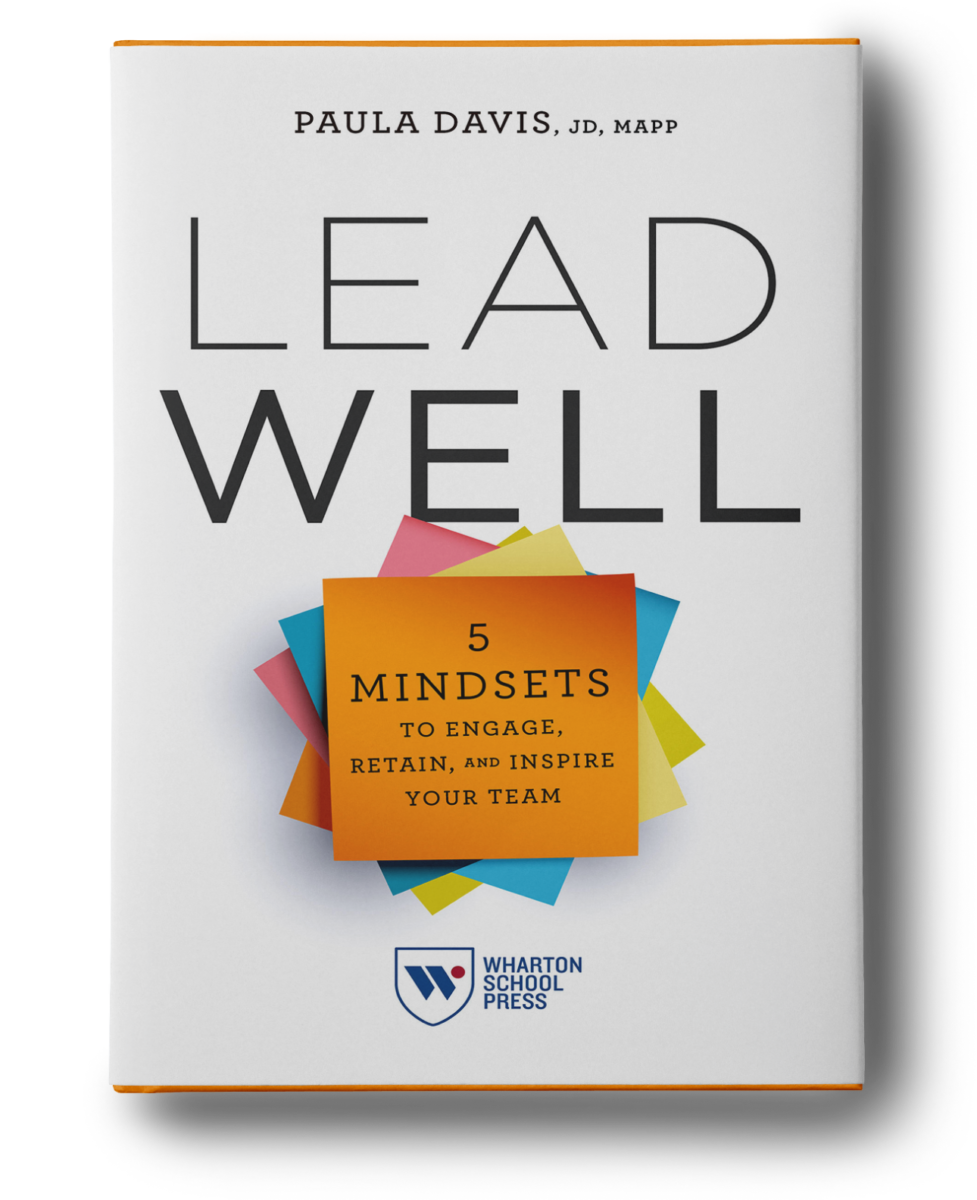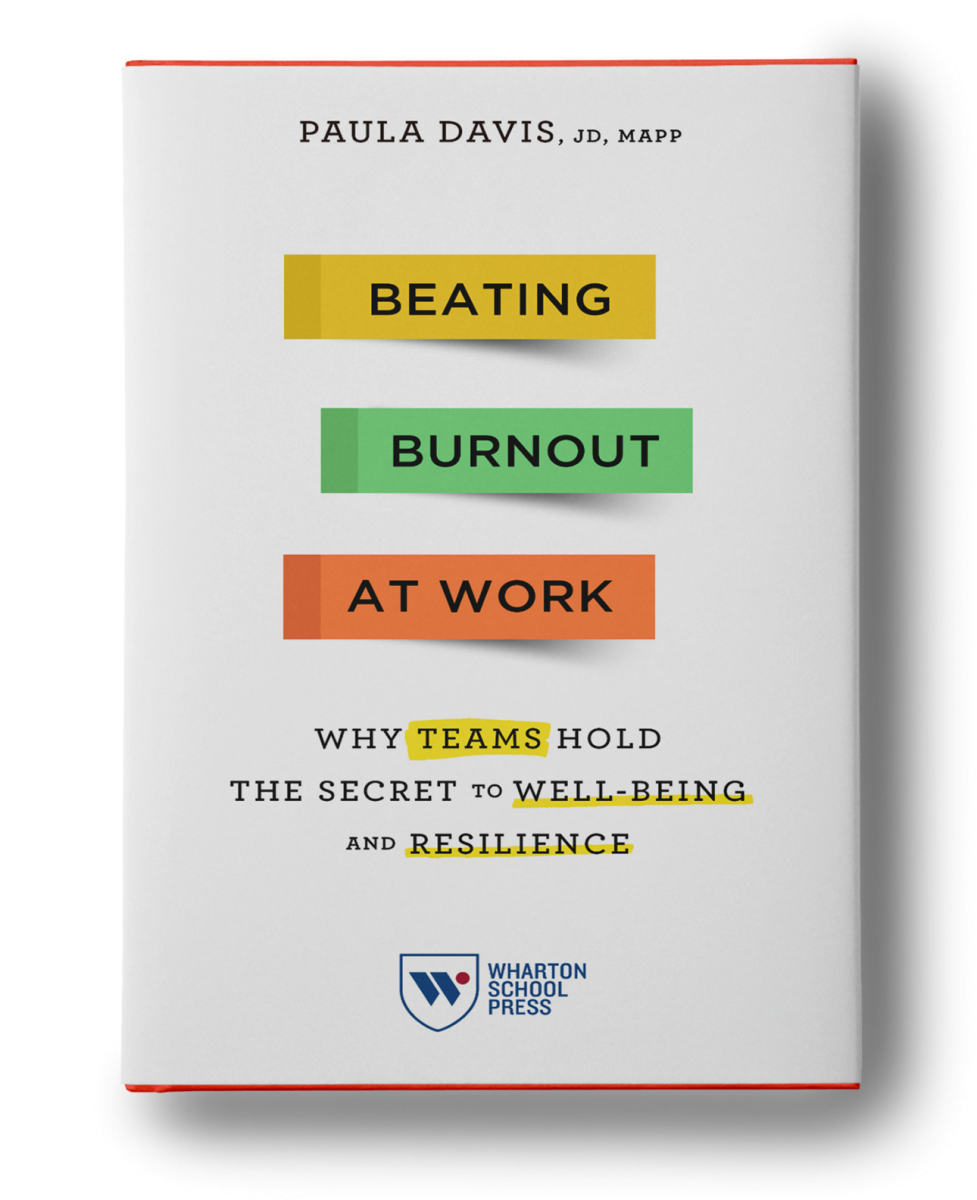When faced with a crisis, it can be difficult in the moment to imagine the experience will eventually lead to some type of growth. Resilience is a person’s ability to bounce back from adversity and grow from the challenge, and research now shows that past adversity can help you persevere in the face of current stress. Mark Seery and his colleagues studied a group of more than 2,300 people by asking them to report their lifetime exposure to a list of negative events grouped into seven categories. What they discovered is that people who experienced a moderate level of adversity reported better mental health and well-being and higher life satisfaction over time compared to both those groups who reported a high history of adversity and those with no history of adversity. Past struggles can help you become more resilient in the following five ways:
They increase empathy. Leading and living with empathy has never been more important in our world than right now. Empathy is the ability to identify with the challenges that other people face and to see those challenges from their perspective. You can run into an empathy roadblock when you think you have to fix another person’s situation or respond with an answer. Empathy is activated by “humble curiosity” which is difficult in our hurry-up-and-get-it-done-now society. These sentence starters help activate “humble curiosity”:
- I’m curious about…
- Tell me more/say more about that…
- Help me understand…
- Walk me through that…
- I’m wondering…
They can trigger post-traumatic growth. Raise your hand if you have heard of post-traumatic stress disorder? Most people have. Keep your hand up if you have heard of post-traumatic growth (PTG). Post-traumatic growth is the experience of positive change after going through a significantly stressful event. Researchers have discovered five common themes that people tend to report after experiencing a significantly stressful event:
- Renewed appreciation for life
- Enhanced personal strength
- Stronger, more meaningful relationships
- Spiritual growth
- Recognizing new paths for your life
It’s important to note that PTG doesn’t mean people emerge unscathed from the experience. Many, if not most, strongly wish the event hadn’t happened and may still be in pain. While it’s hard to estimate the prevalence of PTG, it’s far from being an unusual or rare phenomenon.
They build self-efficacy. Self-efficacy is the belief or the confidence in your ability to overcome obstacles and challenges and succeed. I spent almost four years working in a program that taught Army drill sergeants how to teach resilience strategies to other soldiers in their units. During my very first training, I discovered that the training team had to dance into the plenary room, in front of 180 soldiers, as a funny way to illustrate a block of instruction. Since I dance like Elaine from Seinfeld, I had a panic attack in the moments leading up to “the dance” and literally had to hang onto my colleague’s arm to make it through. What was odd was my brain’s reaction to the exercise in the moments and days that followed. While it was a truly unpleasant experience, I survived, and that triggered my brain to think about what other tough challenges could I conquer.
That is self-efficacy, and it’s developed in three specific ways. First, pick an area of confidence or a skill/ability you want to develop. The best way to improve that skill or ability is to learn by doing. If you want to improve your public speaking efficacy, then you need to practice speaking in public. The next best way to improve is to learn by observing others. Back to the public speaking example, you could watch YouTube clips of great speakers and take notes on how they tell stories or use humor. Lastly, you can improve by being coached by a credible and respected source. Identify the people who can give you feedback as you work toward your goals.
They help you find the good. I’ve been doing my best to find the silver lining in the events of the past weeks, and I have to admit, most days it’s been really difficult. A lot of what’s going on feels outside of my control, but I’ve been trying to keep some perspective. The soldiers who I mentioned above would often talk about the benefits they gained from their deployments – the friendships, being part of something bigger than themselves and renewed appreciation for family. Finding the upside to adversity changes the way people cope – they look for social support, report more hope for the future and have a healthier physical response to stress.
They help you reframe stress as a challenge. How you think about stress matters enormously in terms of how you process it. Some people view stress as a threat, while others are able to view it as a challenge. With a challenge-response, you get additional energy, your heart rate rises, and your adrenaline goes up, but it differs in a few important ways from the fight or flight response:
- You feel focused instead of fearful;
- You release a different ratio of stress hormones; and
- You are more easily able to access your mental and physical resources.
The result is enhanced concentration, peak performance, and more confidence. In fact, people who are able to think about stress more like a challenge and less like a threat report less depression and anxiety, higher levels of energy, work performance and life satisfaction. These questions can help you harness a challenge-response:
- Where do I have control/influence/leverage in the situation?
- What is a specific action step I can take?
- What are my strengths?
- What resources do I have?
- What allows me to know that I can handle this?
If your world feels out of control right now and your stress levels are at an all-time high, know that past struggles, even small ones, have given you some ability to manage this one, even if it doesn’t feel that way in the moment. Resilience doesn’t always look pretty – some days it’s just about muddling through as best you can. Whatever you’re doing now is enough.
Want to know more? Download my free “Is It Stress or Is It Burnout” strategy guide here. You can also learn about our speaking and training programs here.







